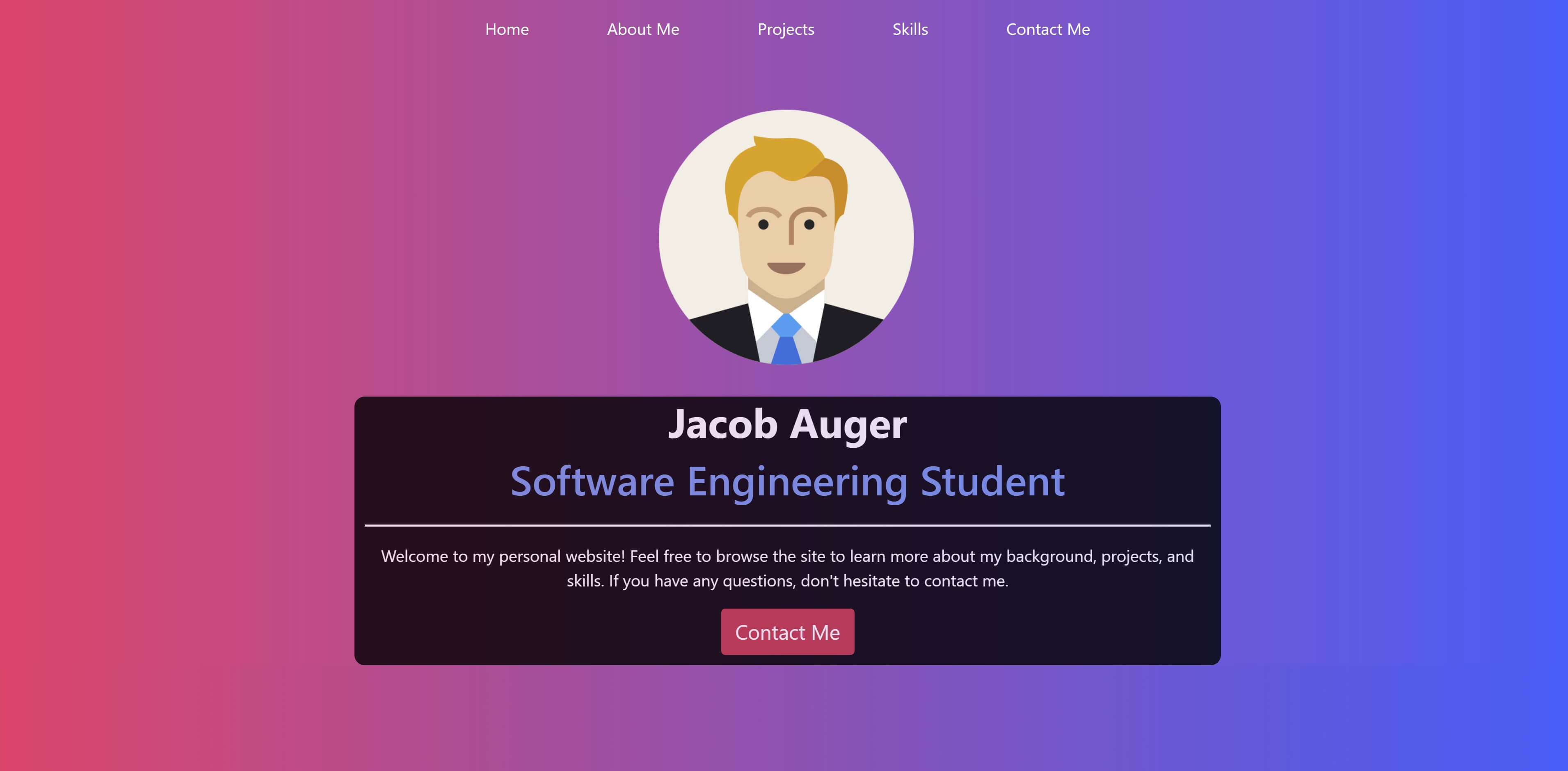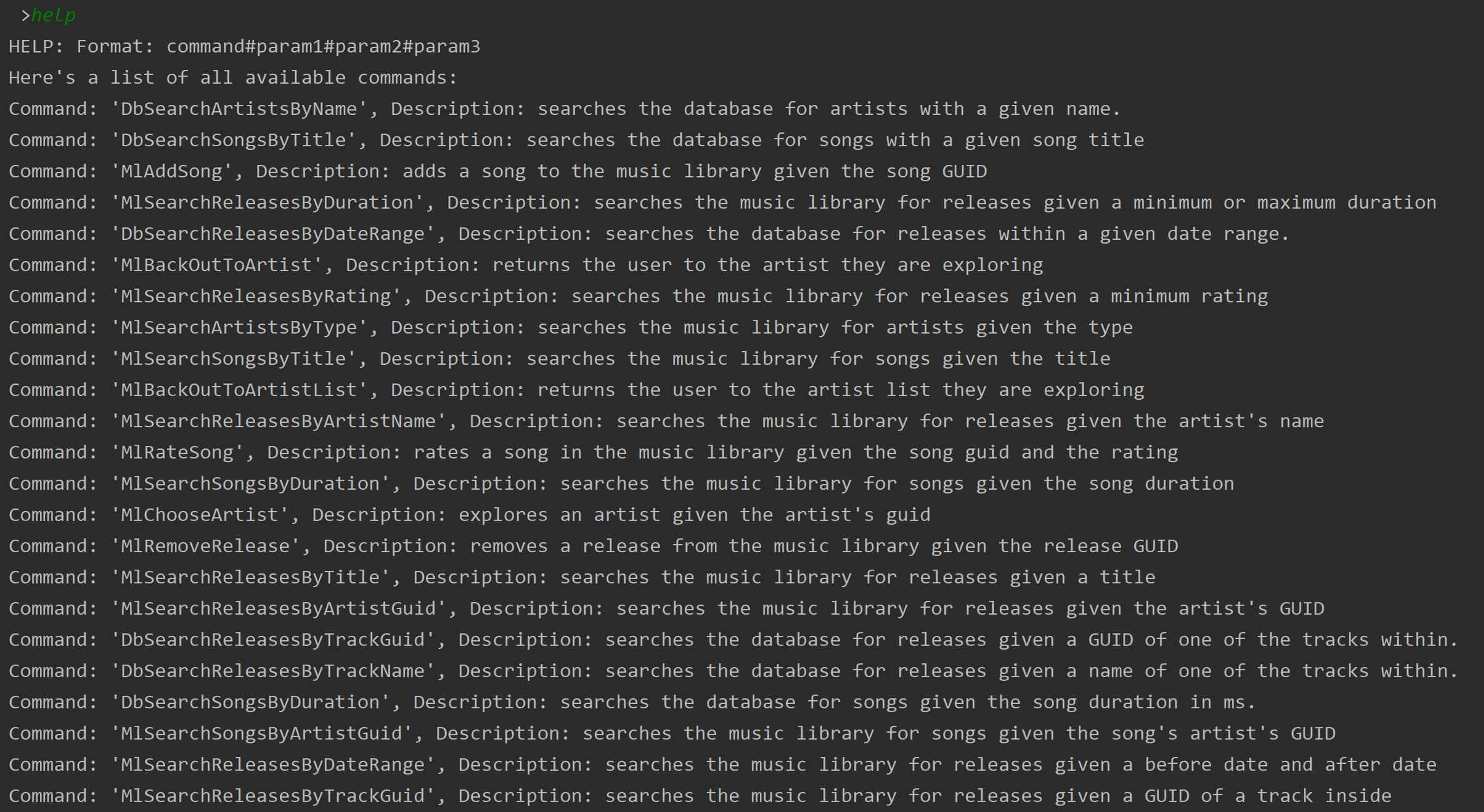Projects
Portfolio Website

This website was my first personal project that I have done outside of class. I used React and Bootstrap to add components and create the layout for the site. CSS was then used to style those components. This project was a great way to improve my React skills while also learning how to use Bootstrap, which I had never used before. Additionally, I was able to utilize React Router in order to create routes to each page. The main benefits of this project were gaining experience creating a React application, learing how to use React Router, understanding how to incorporate bootstrap components, and improving my CSS skills.
Laser Puzzle
This project is a game which involves strategically placing lasers in order to solve a puzzle. Users have a variety of commands to type into the plain-text user interface. These commands allow users to add and remove lasers, ask for help, verify the safe, display the board, solve the puzzle, or quit. I used Java to build this project and utilized a Model View Controller (MVC) architecture to organize my code. The "solve" command is made possible through a backtracking algorithm which uses recursion to find a solution. In addition to writing several algorithms to create this application, I also gained experience with reading in user data and working with the Observer pattern.
The video above gives a brief demonstration of the application.
Muze Music Library

I completed this project with a group of four other people during one of my SE classes. The main purpose of this project was to utilize design patterns and principles that we had learned in class. It consisted of a database of music that users could browse and add to their own personal music library. Music could then be sorted by artist, album, song, rating, duration, etc. Users could enter commands through a plain-text user interface and the results would be displayed for them to see. My group decided to utilize several design patterns including Command, Strategy, Composite, Observer, Decorator, and Proxy. We also focused heavily on making sure that our design followed the Single Responsibility Principle, the Open-Closed Principle, and kept high cohesion and low coupling. In addition to aiding in the design and implementation of the project, I also played a large part in organizing roles for team members, scheduling meetings, and completing documentation of our design. Java was used to build this project. The main benefits that came from this project were gaining experience working on a development team on a tight schedule, learning about and utilizing design patterns and principles, and understanding how to properly document and present a software design.
Web Checkers
Web Checkers was a project that I completed in one of my SE classes. I worked on a team with four other students to create the functionality for an online checkers game. It includes the ability for multiple players to login and challenge each other to a game of checkers. We added the ability for players to make single-space moves, single and double jump moves, receive hints, undo moves, submit turns, create king pieces, and even spectate other games live. I had several contributions to the project, one of which being that I organized meetings and coordinated roles for team members. I also created the functionality for submitting a turn, receiving hints, making single-space moves and jump moves, undoing moves, and creating king pieces. I used Java for most of the project along with Spark to create REST API's and Maven to build and execute the project. The main takeaways from this project were gaining experience working on a development team, improving my Java skills, and learning more about Spark and Maven.
The video above gives a brief demonstration of the application.
Poker Game
This project is a poker game which utilizes a plain-text user interface. The user gets two cards and can choose whether or not they would like to stand. If both players stand, then the best hand wins. A pair beats two of the same suit, which beats a high card. This project was built using Java. Being that this was one of my first projects, it gave me a good introduction to object oriented programming as well as dealing with user input and using comparators.
The video above gives a brief demonstration of the application.
Refactoring Project
 1.905eaf86.jpg)
 1.c82f99c7.jpg)
Working on a team with four other people, we were given the task of refactoring a student project from many years prior. Based on our visual inspection of the code and our assessment of the metrics for the project, we decided to focus our efforts on improving the getScore() and run() methods in the Lane class. As you can see by the above metrics, the cognitive (CogC), essential (ev(G)), design (iv(G)), and cyclomatic (v(G)) complexities were major concerns for this class. Through utilizing the State pattern and performing general code cleanup, we were able to reduce these numbers significantly. The main role that I had in the project was to help design and implement a plan to improve the getScore() method. After deciding that the State pattern would be our best option, we used pair programming, which improved our code quality and allowed us to keep track of what each of us was working on. The main takeaways from this project were learning how to interpret code metrics, understanding how to properly refactor code, and utilizing pair programming for more efficient development.